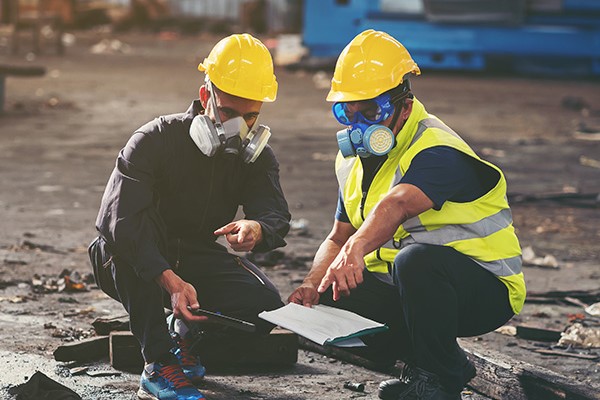Standards Australia adopt over 35 respiratory standards

In a world-first, Standards Australia and Standards New Zealand has adopted an overhaul of respiratory standards from the International Organisation for Standardisation (ISO), two of which will replace outdated Australian standards.
The adoption is a major step forward for the respiratory industry as the new standards aim to modernise industry practices and provide a more comprehensive framework to help ensure that respiratory products are suitable, effective and tailored to real-world working conditions.
Standards Australia is allowing for five years of adjustment to the changes, with the Australian Standards set to be superseded by 1 January 2020 while two standards will move to over 30.
Standards Australia’s committee SF-010, Occupational Respiratory Protection, is leading the transition and is committed to guiding and notifying the industry in the lead up to 2030.
“The new suite of standards considers the end-user as the centre of it all with the human centric approach, the work they are doing and what needs they have to meet,” Standards Australia committee chair Mark Reggers says.
“For example, are you operating machinery in a dusty environment with other controls in place, or are you a firefighter on the front line who is breathing hard and fast in highly toxic environments? These are real world factors that new standards classification framework takes into consideration when selecting respiratory protection products.”
Standards Australia committee member Jane Whitelaw says the core to the adoption of these standards is a shift from focusing on product performance to creating a human-centric framework.
“This kind of consideration is important because the harder you work, the more you need to breathe, which has a range of different impacts ion various fronts,” Jane says.
“You really have the wearer at the centre of this, not just looking at the equipment specifications, which has been the predominant approach in our standards for many years.”
The suite of standards provides details and a focus across respiratory protective products’:
- Classification
- Terms and definitions
- Performance, including general and for special applications, thread connection, and more.
- Test methods, including particle penetration, breathing resistance, gas capacity, and more.
- Human factors, including physiological limitations, respiratory flowrate, ergonomic factors, and more.
“Standards Australia is proud to be pioneering this change and is committed to supporting the industry in manufacturing sustainable, safe and wearer-centric products,” Standards Australia chief operating officer Kareen Riley-Takos says.
SF-010 invites people within the industry to attend an upcoming free webinar that will highlight the important aspects of the transition. It will be hosted by Standards Australia and feature Mark Reggers and Jane Whiteclaw, who will cover the differences between the Australian and ISO standards, how these changes will shape the future of respiratory protection and will include a live Q&A.
“We encourage stakeholders across industry to attend this webinar because this transition brings with it a whole new classification framework,” Mark says.
“This information is particularly critical for manufacturers, accreditation bodies and regulators. They need to think about what they’re working on today and start to think about the plan to transition current existing products and guidance to workplaces.”
The webinar will take place on Wednesday 26 March 2020 from 1:00PM to 2:00PM. You can register to attend the webinar HERE .
